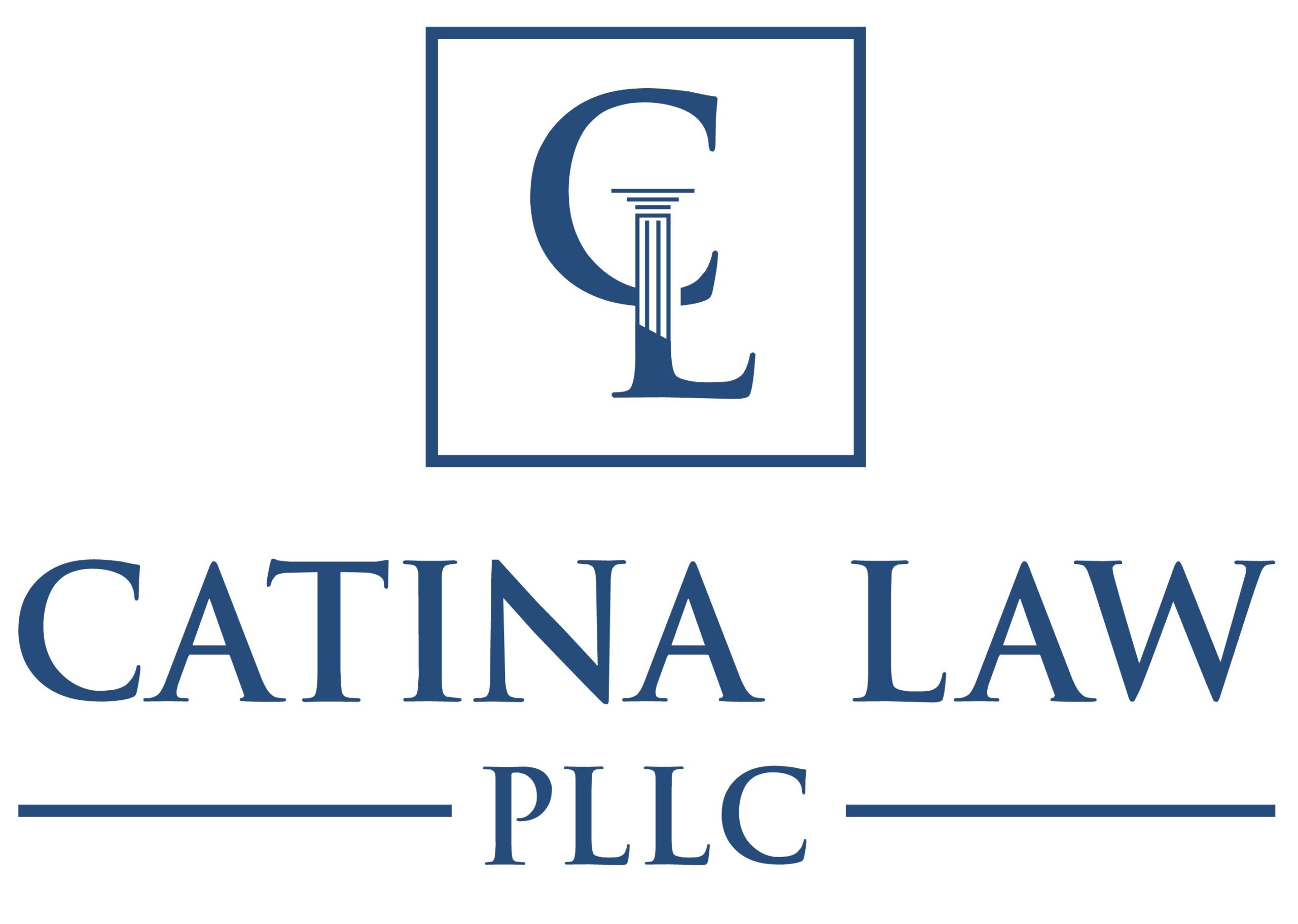You own a local New York business who has secured a money judgment against a local customer who has failed to remit payment on valid, duly delivered and accepted invoices. The judgment was recovered on default following the customer’s failure to answer the complaint you filed and failing to appear in the action. The customer has not made any efforts to satisfy the outstanding invoices since the entry of judgment, and now, post-judgment interest is accruing at a rate of 9% per annum. You seek out the advice of your counsel as to how to proceed post-judgment to recover the judgment amount and accruing interest thereupon.
In our representation of judgment creditors, there are several steps and options to consider in enforcing your money judgment as efficiently and swiftly as possible. For our purposes here, we will focus on utilizing a restraining notice duly served upon a banking or financial institution. Pursuant to the New York Civil Practice Law and Rules Section 5222(b), a judgment creditor may serve a restraining notice to restrain or prohibit the transfer of property held by a third party (such as a bank), where the third party is in the possession of property in which he or she knows or has reason to believe the judgment debtor has an interest. By the creditor properly serving a banking institution with a restraining notice, the banking institution is forbidden to make or suffer any sale, assignment, transfer, or interference with any property in which he or she has an interest until the judgment is satisfied. This result is commonly referred to as a bank having “frozen” the debtor’s account. Thus, when the debtor attempts to make a withdrawal from the account, the funds are deemed frozen and cannot be withdrawn.
Once the banking institution is properly served with the restraining notice, then, pursuant to CPLR 5222(d), the judgment creditor must serve the judgment debtor with a notice and copy of the restraining notice within four (4) days of the service of the restraining notice upon the banking institution. The notice to the debtor can be mailed by first class mail at his or her residence or to the last known place of employment.
While the judgment debtor’s bank account may appear to have a sizable balance that could otherwise satisfy the judgment amount, state and federal laws prevent certain money from being taken to satisfy judgments, and this money is said to be “exempt.” Such exempt funds can include supplemental security income (SSI), social security, public assistance, spousal support, maintenance (alimony) or child support, unemployment and disability benefits, COVD-19 stimulus relief for individuals and families with children, etc.
Because the procedural requirements of post-judgment enforcement proceedings and efforts are very nuanced and require strict compliance, it is crucial to speak with an attorney about the next steps to take in order to enforce the judgment and collect the outstanding balance by proper, valid measures.
Disclaimer: The information contained in this post is not, nor is it intended to be, legal advice. You should consult an attorney for advice regarding your individual situation. We invite you to contact us and welcome your calls and communications. Contacting us, however, does not create an attorney-client relationship.

